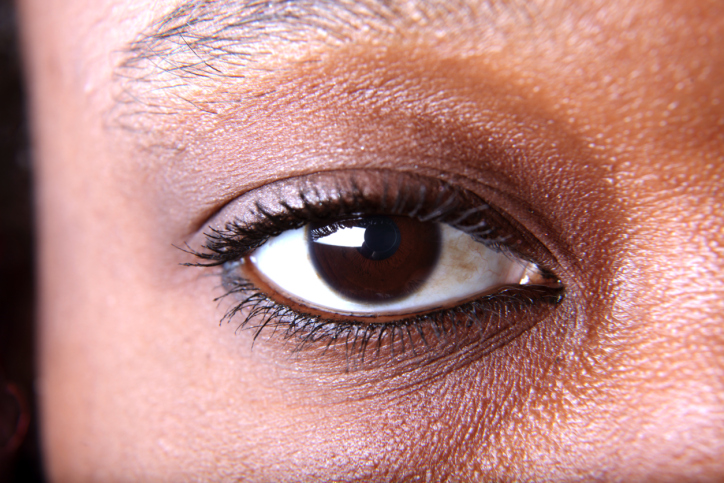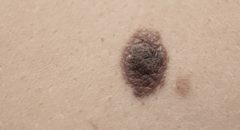
Many people tend to develop liver spots (age or sun spots) as they get older. These spots actually have nothing to do with your liver and everything to do with the sun – sun exposure that is. A lot of liver spots (they’re called liver spots because people once believed these spots were brought on by liver problems) can be mistaken for melanoma. For those who don’t now, melanoma is a serious type of skin cancer that’s expected to kill nearly 10,000 people this year alone, according to cancer.org.
“Liver spots are flat, brown, or tan benign spots. Though their appearance may vary, true sunspots are not cancerous or dangerous,” says Dr. Michelle Henry, a board-certified dermatologist at Sadick Dermatology in New York.
Whenever you notice a new spot on your face or anywhere on your body for that matter, it’s best to schedule an appointment with your dermatologist right away. The sooner the exam, the better. And yes, we’re talking to all you beautiful brown gods and goddesses out there. For the record: African Americans get skin cancer, too!Generally speaking, age spots fall into three categories:
- Cherry hemangiomas – These look like small red dots; they can appear anywhere on the body.
- Lentigines – These look similar to freckles; they appear where the sun hits your skin the most.
- Seborrheic keratosis – These look similar to warts.
Often times, the beginning stages of melanoma look similar to the three categories listed above, but if you catch it early enough, it can be removed with surgery. Your doctor may order a biopsy first to determine if the spot is cancerous or not before performing the surgery.
Here’s some potentially life-saving advice from Dr. Henry that will help you identity the differences between liver spots and dangerous melanoma lesions:
“We use a mnemonic called the ABCDE's of melanoma to help remember those distinct, abnormal features,” she explains. “A stands for asymmetry – moles should be symmetric. B stands for border – the borders of moles should be smooth and even, not irregular or jagged. C stands for color – moles should be brown and one color; multiple colors, especially very black is concerning. D stands for diameter – moles should be smaller than six millimeters, which is smaller than a pencil eraser. E stands for evolving – any mole that is changing quickly should pique your concern.”








